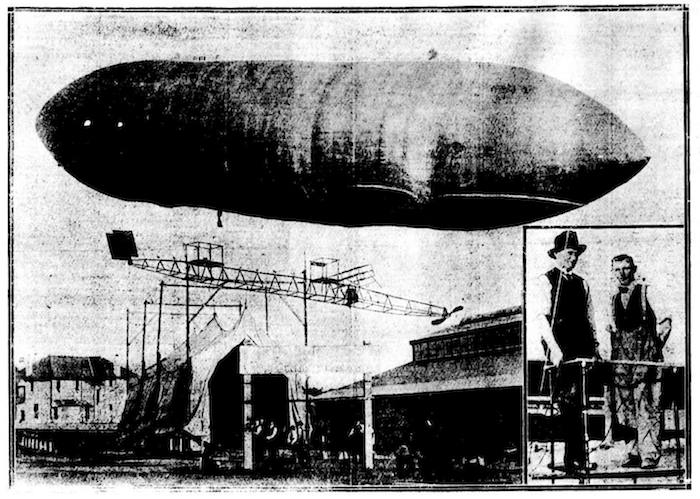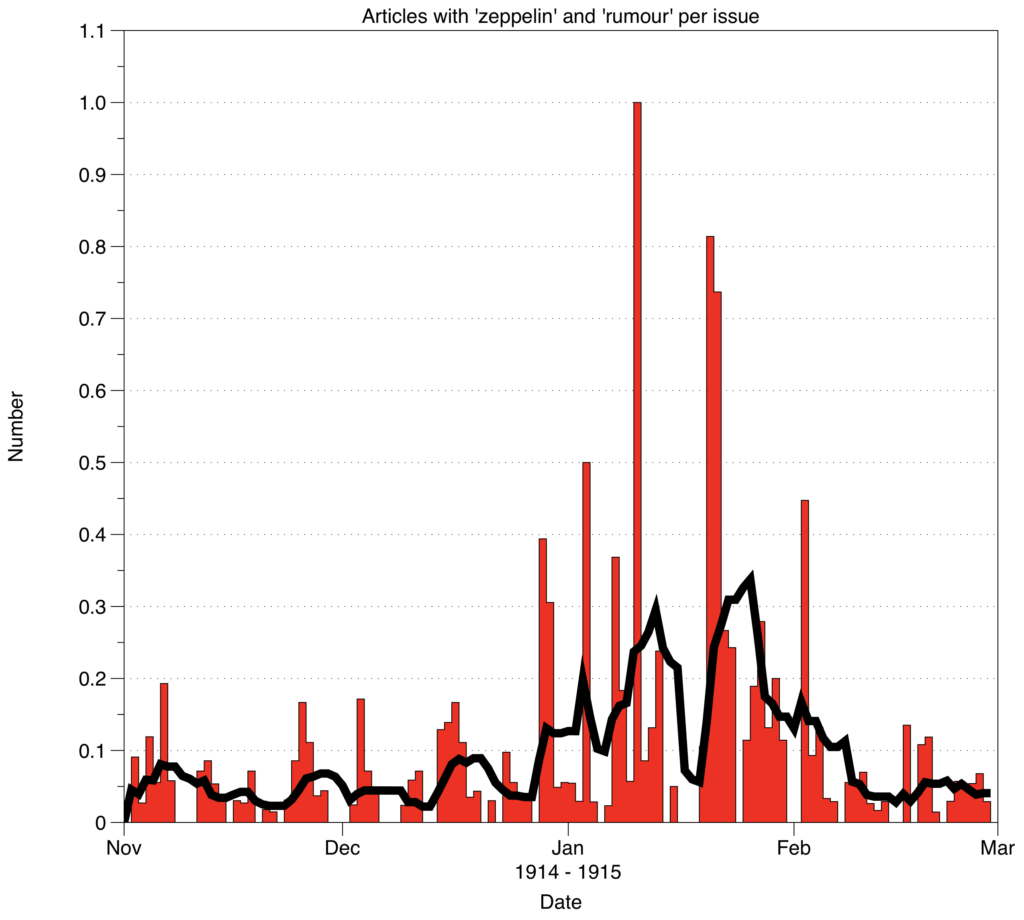Australia and the airship — II
The Australian airship of New Zealander Alban Roberts seems to have had only three outings, all in 1914. The first of these was a tethered test at the Sydney Agricultural Showground on 23 June, in which the envelope was filled with hydrogen, united with the nacelle, and ‘dragged into an open space, to undergo its […]




